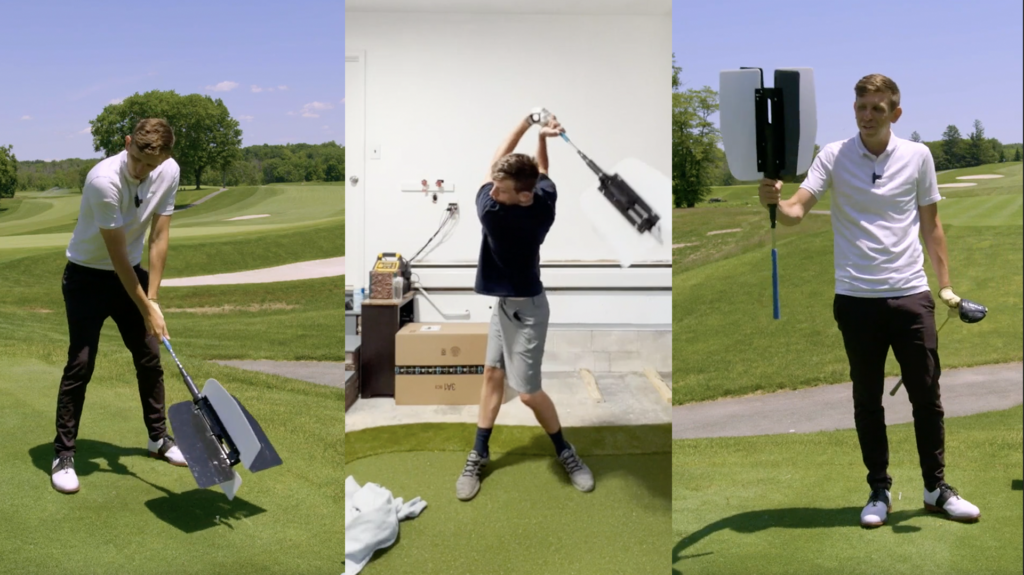
Denny McCarthy is one of the best putters on the PGA Tour.
Getty Images
Denny McCarthy is undoubtedly one of the best putters on the PGA Tour. He’s played five seasons on the PGA Tour thus far, and he’s finished first in SG: Putting twice, with his worst finish at 22nd. Suffice to say, McCarthy can roll the rock.
McCarthy didn’t become one of the best putters in the game by pure happenstance, though. It took years of practice and reps for him to master his stroke on the greens — and that work has (obviously) paid off.
But while McCarthy’s results are elite, his process is actually quite simple. As he explained on The Fried Egg podcast this week, he keeps things pretty basic on the greens.
“It’s sounds all, like, very complicated,” he says. “But it’s very simple when I get out to the course.”
Check out below for some of his best tips.
Find a spot
When McCarthy is reading the green, he always tries to find a spot on his line to aim for.
“More times than not, it’s a spot halfway through the putt,” he says. “It could be 15 feet away, but more times than not, it’s somewhere in the middle of the putt, whether it’s a ball mark, a piece of sand, a shade of grass.”
This external cue gives him something to try and toll his ball over on the way to the hole, and helps him visualize the line.
Use a line (kind of)
The line vs. no-line debate is a polarizing topic in golf instruction, and everyone has their own opinion on what works. McCarthy tends to use a line, but with a caveat.
“I’ll use the full line closer in on less-breaking putts,” he says. “But the farther I get away, and the more it breaks, I actually tilt my line down.”
Using the line on short, straight-ish putts makes sense. If you can hit the ball directly down the line, it’ll tend to go in. But on longer putts with more break, more feel comes into the equation.
That’s why McCarthy hides more of the line on longer putt. It still gives him the confidence that he is lined up properly, but it gives him wiggle room to incorporate feel into the stroke.
“When I get over the ball, I’m not so line-obsessed,” he says. “I know it’s pointed right near the spot, and then I can kind of play with it.”
Think about speed (but not too much)
Speed is obviously important to putting, but McCarthy tries not to get too bogged down in thinking about it when he steps into his putt. Instead, he tries to rely on his feel to get the ball on line and with the proper pace.
“It’s factored into what I’m seeing,” McCarthy says. “People ask me why I’m such a good putter, and it’s because I have a really good feel, my speed is really good and I read the greens really well.”
Speed is certainly a factor in the equation, but it’s not the only factor. To become a good putter, you need to become dialed in on all aspects on the greens.










